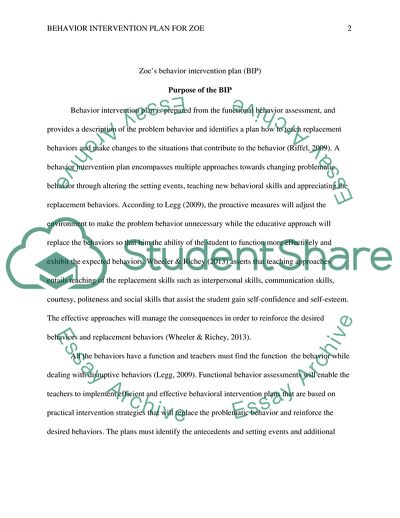Cite this document
(Behavior Intervention Plan Assignment Example | Topics and Well Written Essays - 2000 words, n.d.)
Behavior Intervention Plan Assignment Example | Topics and Well Written Essays - 2000 words. https://studentshare.org/education/1834716-finail-project
Behavior Intervention Plan Assignment Example | Topics and Well Written Essays - 2000 words. https://studentshare.org/education/1834716-finail-project
(Behavior Intervention Plan Assignment Example | Topics and Well Written Essays - 2000 Words)
Behavior Intervention Plan Assignment Example | Topics and Well Written Essays - 2000 Words. https://studentshare.org/education/1834716-finail-project.
Behavior Intervention Plan Assignment Example | Topics and Well Written Essays - 2000 Words. https://studentshare.org/education/1834716-finail-project.
“Behavior Intervention Plan Assignment Example | Topics and Well Written Essays - 2000 Words”. https://studentshare.org/education/1834716-finail-project.


